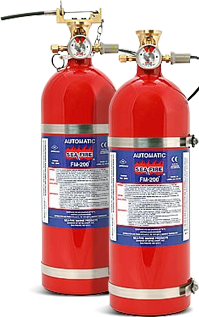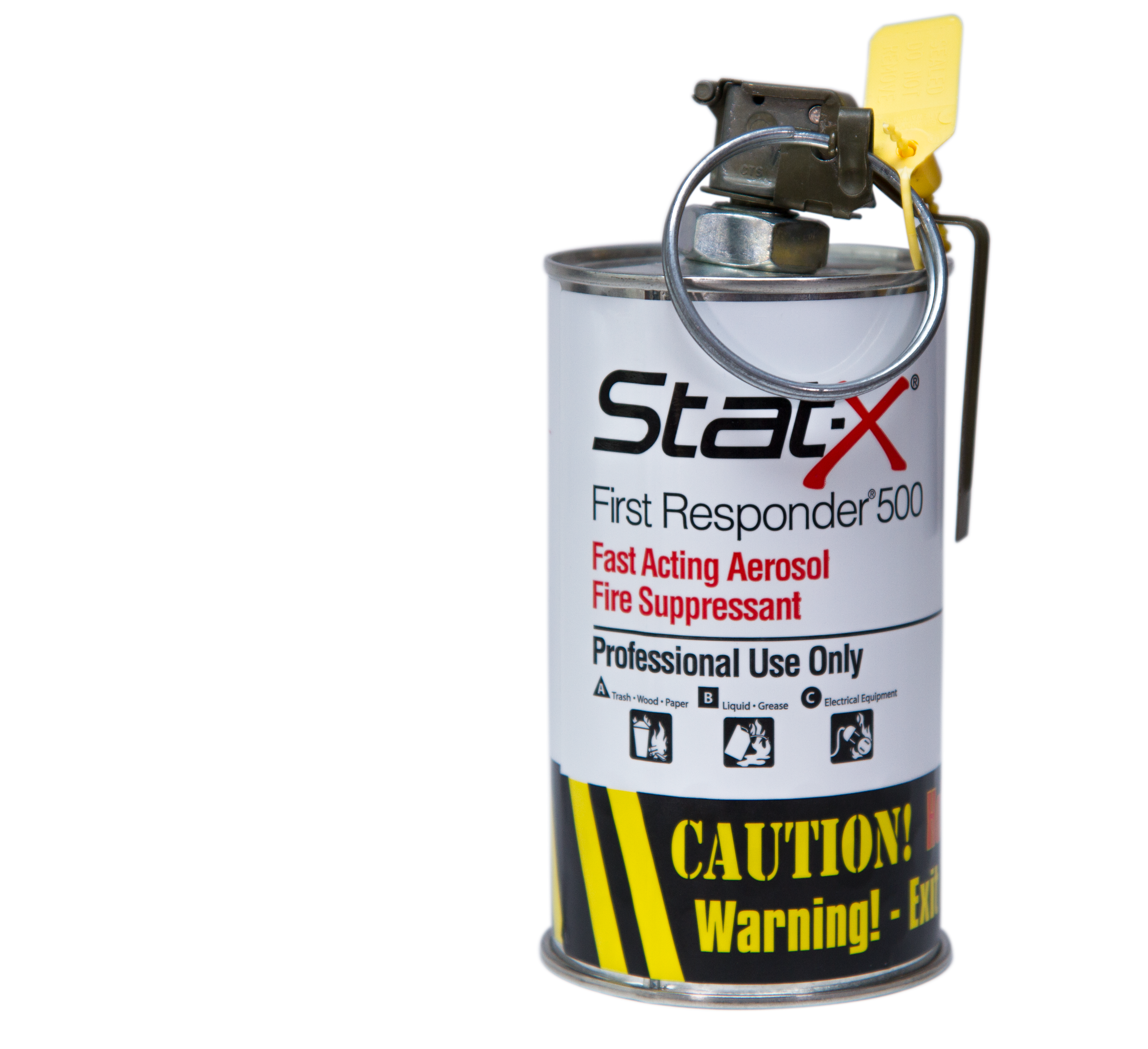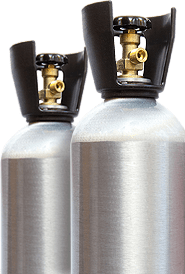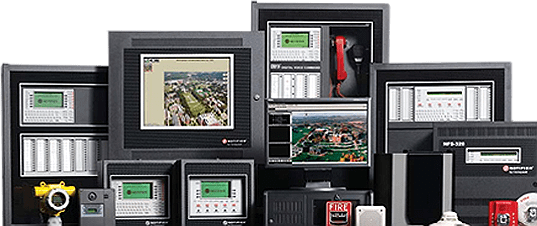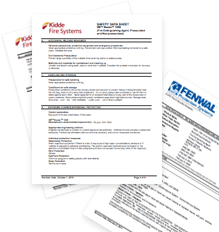Room-Ready Clean Agents: How to Prep Spaces So FK-5-1-12 Actually Works
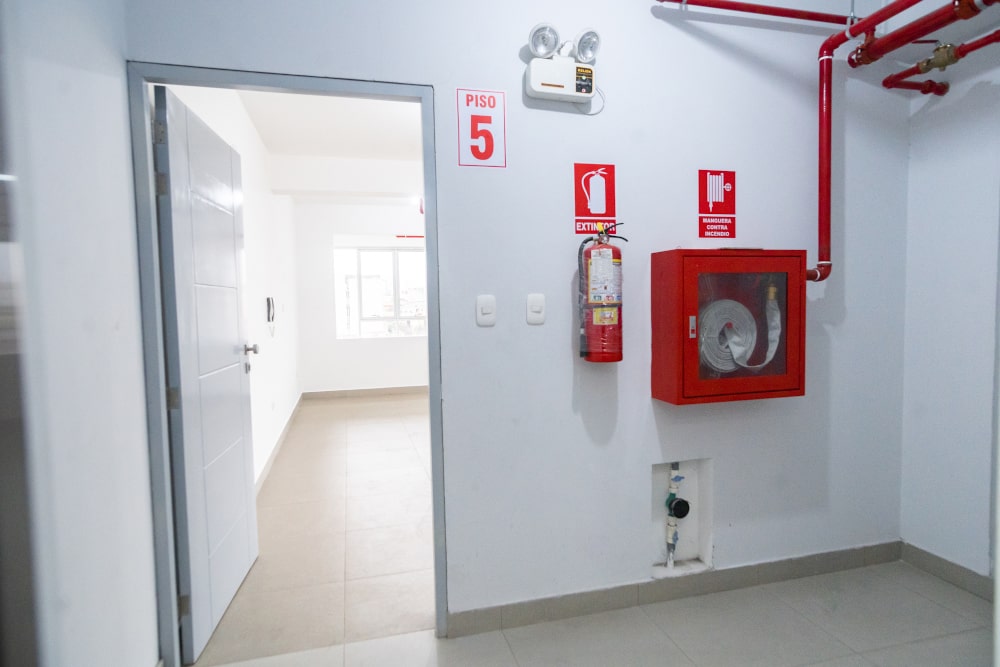
Clean agents are the gold standard when it comes to securing data centers and server rooms, but it is just as important to set your room up properly as it is to have the agents themselves. Learn more about the importance of setup as it pertains to clean agent use and protection.
Why Room Prep Matters for FK-5-1-12
Clean agents work by creating a specific concentration of material in the air and holding it. Popular agents like FK-5-1-12 have to have at least 85% of adjusted minimum design concentration for at least 10 minutes to effectively mitigate the most dangerous situations. Improperly sealed rooms can cause agents to leak out, destabilizing the room by altering the concentration and ruining the environment.
Explore further
Pre-Design Envelope Audit (Before You Specify Nozzles)
Define the Real Enclosure Boundary
Clean agents protect specific spaces. When you design your room, you need to decide what will be protected and barriered off. This can include areas above the ceiling or below underfloor voids in addition to the main space of a room. Don't forget spaces like shafts and cable chases may also need to be included. These will be included in your schematic when you have plans for the suppression system drawn up.
Find and Fix Leakage Paths
Plan ways to seal off the entire room in event of fire and clean agent dispersal. This includes doorways, floor grills, and lift access panels. Everything will need to be sealed off properly to allow for proper use of your clean agent, so don't leave it to chance.
Coordinate HVAC & Dampers
If your room is not naturally intended to be airtight, you will need to coordinate with your HVAC engineer to install automatic dampers and shutdowns. Your HVAC technician will need to have an understanding of make-up air paths to ensure your clean agent doesn't get dragged out of the room by negative pressure.
Door-Fan (Enclosure Integrity) Testing
Method & Standards
NFPA 2001 Annex C will help delineate predicted hold time leakage on a door-fan. You can use a calibrated blower to test this integrity (Also if your region uses ISO you can use ISO 1450-1 Annex E) for more information.
When to Test
Test all these before and at installation, and set a schedule to inspect your enclosures annually to ensure compliance. This is in accordance with NFPA 2001 and is considered best-practice.
Pass/Fail Mindset
Remember, the requirement is for the system to hold its concentration for 10 minutes. Anything less than that is a failure and the design should be reconsidered. Close isn't good enough.
Pressure Effects & Relief Venting (PRVs)
Choose the Right PRV Direction
Different agents can cause different changes in pressure and have different venting requirements. While inert gases create positive pressure and vent out, halocarbons (like the popular FK-5-1-12) can actually cause positive AND negative movement. This requires bi-directional venting to properly seal and move air through the space adequately.
People also search
Verify Free Vent Area, Don't Assume
Test and re-test your space to confirm your effective free vent area. Use a combination of tools, including the door-fan method, to repeatedly test and verify you have the proper pressure to protect the room envelope.
Agent Distribution & Obstructions (FK-5-1-12 Focus)
Net Volume & Hidden Voids
In order to reach the minimum 85% saturation level you need to understand the net volume of the space you are protecting. You want to delete objects and protrusions from your volume and ensure there are no obvious "agent escape" pathways.
Nozzles, Throws, and Break-Up
Set up your room as it will be, then design your nozzles around the actual layout. Changing the room's alignment will throw off the dispersal of your agent and negate the planning that went into it.
FK-5-1-12 Performance Context
NFPA 2001, as well as ISO 14520, recognize FK-5-1-12. Its concentration comes from rigorous testing and the rules and regulations governed by these organizations.
Detection, Release & Interlocks
Releasing Logic
Your clean agent release system should be tied in holistically with the entirety of the room. This includes automatic HVAC and damper closures, manual release stations, and fire and smoke detection system to alert the entire system at once.
Verification & Testing
Canadian regulations require CAN/ULC-S537 verification and ongoing inspection under CAN/ULC-S536. Proper inspection and testing ensures your equipment works properly and continues to operate seamlessly.
Commissioning & Documentation
What to Capture
Keeping up with documentation helps with audits, insurance, and future planning. Collecting and securing your door-fan report, PRV data, room mapping, and agent-release test records provides an effective model to analyze for the future of your fire protection system.
Change Management
Any changes to your system require retesting and re-inspection to confirm integrity. This includes new cabling, penetrations, or changes to the ceiling structure. Remember, the room is just as important as the agent.
Maintenance & Periodic Checks
Annual inspection of the room should be scheduled, along with all application manufacturer, NFPA, and AHJ requirements (IE 5-year testing on hose, hydrostatic testing on cylinders, etc.).
Real-World Example / Case Insight
Understanding the nature of the clean agent they were using, a data center swapped from a uni-direction venting system to a bi-directional PRV and sealed their cable trays. Without changing nozzle layout, they were able to increase hold time from 6.8 minutes to a more appropriate 12.4 minutes. Door-fan testing allowed for AHJ sign-off and return to business.
Final Recommendations & Compliance Tips
Design and plan out your room envelope first, since this will dictate your flow path and nozzle layout. Set up a door-fan test, and understand you may be better off with a bi-directional PRV venting system. Verify you are within CAN/ULC-S537 code and tie your suppression system together seamlessly. Log your data and keep a binder of information handy for audit and insurance purposes.
Book a Control Fire Systems room-ready clean agent review today. Control Fire Systems can run all the numbers for you and save you the headache of figuring out flow paths, seals, and vents. Our AHJ ready package makes for easy delivery and installation of the perfect clean agent system.







